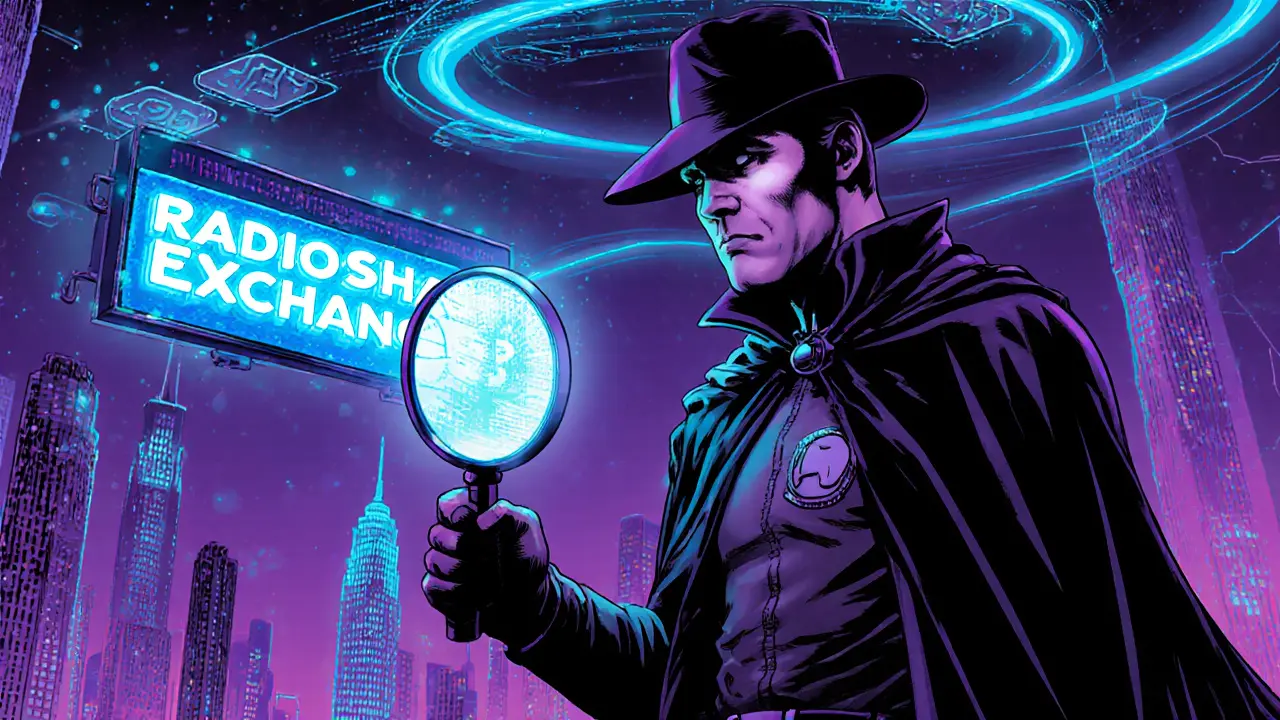When working with Fantom, a high‑throughput, DAG‑based blockchain that offers near‑instant finality and low fees. Also known as FTM, it enables developers to launch scalable decentralized applications without the bottlenecks of older chains. Fantom brings together fast consensus, smart contract compatibility, and a growing DeFi ecosystem, making it a solid choice for anyone looking to trade smarter or build on a modern network.
Fantom often gets compared to Ethereum, the original smart‑contract platform that set the standard for decentralized apps. While Ethereum provides broad adoption, Fantom’s Lachesis protocol cuts transaction times to seconds and pushes fees down to fractions of a cent. This speed boost fuels DeFi, financial services like lending, swapping, and yield farming that run on blockchain without intermediaries projects that need rapid execution. Cross‑chain bridges further extend Fantom’s reach, letting assets move between Ethereum, Binance Smart Chain, and other networks – a vital feature for traders watching price bands and market signals.
Beyond speed, Fantom’s security model leverages modular architecture: consensus, data availability, and execution are separated to protect against attacks such as hash collisions. The platform also supports restaking and layer‑2 solutions that boost yield while keeping validators honest. In the collection below you’ll find deep dives on modular blockchain design, airdrop mechanics, exchange reviews, and the latest market‑cap analysis – all centered around Fantom’s role in today’s crypto landscape. Ready to explore practical guides, actionable insights, and up‑to‑date data? Keep scrolling to find the articles that match your interest.

Explore why the RadioShack crypto exchange on Fantom doesn't exist, learn about real Fantom DEXs, and get a safety checklist for secure crypto trading.